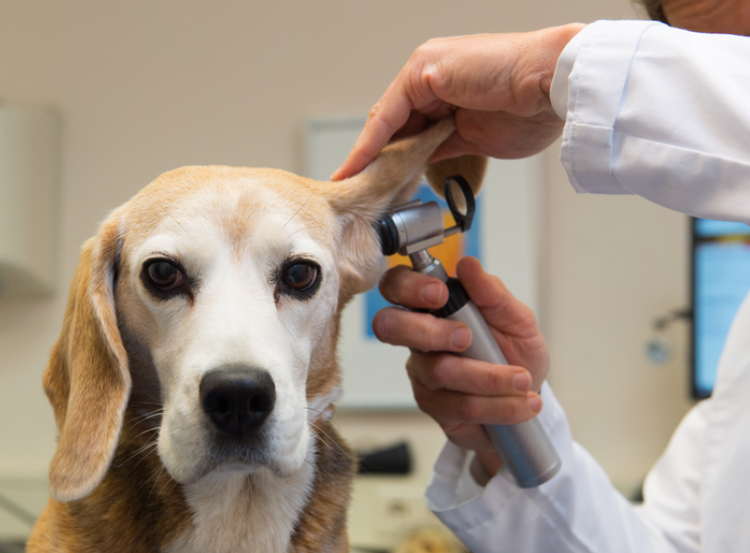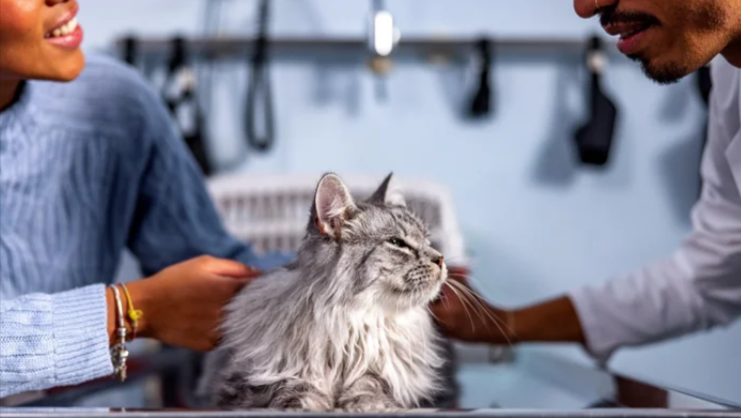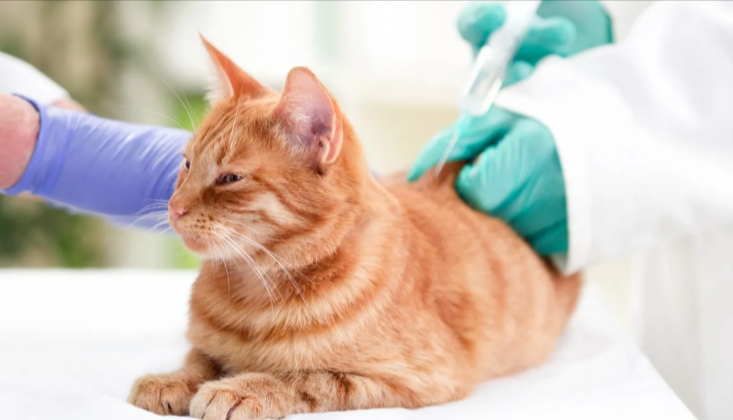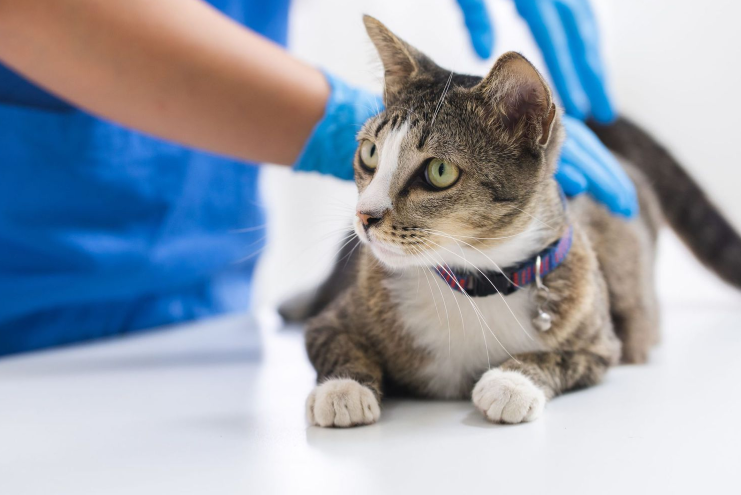Pet insurance can cost anywhere from $10 to $56 per month, depending on coverage and your pet’s needs. There are three main types: Accident-Only, Accident & Illness, and Wellness Plans.
With veterinary costs skyrocketing, a single emergency visit can set you back thousands of dollars. Pet insurance ensures you can afford the best care without financial stress. However, policies vary—some exclude pre-existing conditions, while others have waiting periods.
This article breaks down everything you need to know: coverage options, costs, and key factors to consider. Understanding the details before purchasing is crucial to choosing the best plan for your pet.
What Is Pet Insurance?
Pet insurance is a financial safety net that helps cover unexpected veterinary expenses. By paying a monthly or annual premium, pet owners get reimbursed for eligible medical costs, including accidents, illnesses, and routine care, depending on the policy. It ensures pets receive the necessary treatment without financial strain.

Only 2% of pets in the US are insured, with dog insurance averaging $676 per year and cat insurance at $383. Explore more insights in our detailed Pet Insurance Statistics article.
Types Of Pet Insurance
Pet insurance comes in different types, each catering to specific needs and budgets. Choosing the right plan ensures your pet gets proper care without unexpected expenses. Below are the main types of pet insurance policies and what they cover.
Accident-Only Coverage
This plan covers injuries from accidents, such as broken bones, poisoning, or bites. It’s an affordable option but does not include coverage for illnesses or routine vet visits. Ideal for young, healthy pets with a low risk of hereditary diseases.
Accident & Illness Coverage
A comprehensive plan covers both accidental injuries and illnesses like infections, cancer, and hereditary conditions. It’s the most popular option, offering broader protection, but it comes with higher premiums and potential exclusions for pre-existing conditions.
Wellness or Routine Care
This plan helps cover preventative care costs, such as vaccinations, annual checkups, dental cleanings, and flea treatments. It’s usually an add-on to another policy rather than a standalone plan. Great for pet owners looking to manage routine vet expenses.
Add-Ons
Some insurers offer optional customizable add-ons, such as alternative therapies (acupuncture, chiropractic care), prescription food, or behavioral training. These extras can be useful for pets with specific medical needs but increase overall premium costs.

Curious if any of these plans are really worth it? Find out in our guide on Is Pet Insurance Worth It?
What Does Pet Insurance Cover?
Pet insurance coverage depends on the type of policy. Some plans cover only emergencies, while others include routine care and specialized treatments. Here’s what each type covers:
1. Accident-Only Coverage
This plan covers unexpected injuries and emergencies. Common covered expenses include:
- Fractures and broken bones
- Poisoning or toxin ingestion
- Bite wounds and lacerations
- Swallowed objects requiring surgery
- Emergency surgeries and hospitalization
Not covered: Illnesses, routine checkups, hereditary conditions, and pre-existing conditions.
2. Accident & Illness Coverage
This comprehensive plan covers injuries and medical conditions. Common covered expenses include:
- Everything in the Accident-Only Plan
- Chronic illnesses (diabetes, allergies, kidney disease)
- Serious conditions (cancer, heart disease, epilepsy)
- Hereditary and congenital conditions (hip dysplasia, luxating patella)
- Infections and diseases (respiratory infections, UTIs, skin infections)
- Emergency and specialty treatments (MRI scans, chemotherapy, physical therapy)
Not covered: Pre-existing conditions, routine care, elective procedures, and some alternative treatments.
3. Wellness or Routine Care Coverage
This plan covers preventive care and regular vet visits. Common covered expenses include:
- Annual checkups and wellness exams
- Vaccinations (rabies, distemper, parvovirus)
- Dental cleanings
- Spaying and neutering
- Parasite prevention (flea, tick, and heartworm medication)
- Microchipping
Not covered: Emergency treatments, surgeries, illnesses, and injuries.
4. Add-ons and Special Coverage Options
Many insurance providers offer optional add-ons, including:
- Alternative therapies (acupuncture, hydrotherapy, chiropractic care)
- Prescription diet and supplements
- Behavioral therapy
- End-of-life expenses (euthanasia, cremation, burial services)
Not covered: Add-ons must be purchased separately and do not come standard with most plans.
Always review policy details carefully to understand what is covered and what is excluded before choosing a plan.

For a detailed breakdown of costs and coverage, check out our 2025 guide on how much pet insurance is and what it covers.
How Does Pet Insurance Work?
Pet insurance helps cover veterinary costs, but the process varies depending on the provider. Here’s how it generally works:
- Choose a plan based on your pet’s needs and budget.
- Pay a monthly or annual premium to keep coverage active.
- Visit the vet and pay for treatment upfront.
- Submit a claim to the insurance provider with the necessary invoices.
- Get reimbursed according to your policy’s terms (deductibles, reimbursement rate).
Some providers offer direct payment to vets, while others require owners to pay first and get reimbursed later. Always check your policy for details.
Pros And Cons Of Pet Insurance
Pet insurance can be a lifesaver when unexpected vet bills arise, but it’s not always the best choice for every pet owner. Here’s a breakdown of its benefits and drawbacks.
Pros of Pet Insurance
- Covers unexpected emergencies and major medical expenses.
- Helps manage high veterinary costs with reimbursement.
- Provides peace of mind for pet owners.
- Some policies cover routine care and preventive treatments.
- Customizable plans to fit different budgets.
Cons of Pet Insurance
- Monthly premiums can be expensive.
- Pre-existing conditions are usually not covered.
- A reimbursement-based system requires upfront payment.
- Policies may have waiting periods before coverage starts.
- Not all treatments or alternative therapies are covered.

How Much Does Pet Insurance Cost?
Pet insurance costs vary based on factors like pet type, breed, age, and location. Here’s a general estimate of monthly premiums:
| Pet Type | Monthly Premium (Basic) | Monthly Premium (Comprehensive) |
|---|---|---|
| Dog (small breed) | $20 – $35 | $40 – $70 |
| Dog (large breed) | $30 – $50 | $60 – $100 |
| Cat | $15 – $25 | $30 – $50 |
The cost of pet insurance depends on several factors. Pet age plays a significant role—older pets have higher premiums due to increased health risks. Breed and species also impact pricing, as some breeds are prone to hereditary conditions that require costly treatments.
Location matters, too, with urban areas often having higher veterinary costs, leading to more expensive insurance. The type of policy chosen affects premiums—accident-only plans are cheaper, while comprehensive plans covering illness and routine care cost more.
Lastly, coverage limits, deductibles, and reimbursement rates influence pricing, with higher coverage and lower deductibles leading to higher premiums.
Different plans have varying costs. Here’s a comparison:
| Feature | Low-Cost Plan | Standard Plan | Comprehensive Plan |
|---|---|---|---|
| Deductible | $250 | $500 | $1,000 |
| Reimbursement | 90% | 80% | 70% |
| Annual Limit | $10,000 | $5,000 | $2,500 |
Choosing the right plan depends on your budget and coverage needs.
Key Factors To Consider When Choosing A Policy
Selecting the right pet insurance requires careful evaluation of coverage details. Understanding policy limits, deductibles, reimbursement rates, and exclusions helps ensure you get the best protection for your pet at a cost that fits your budget.
- Coverage limits: Some policies have annual, per-condition, or lifetime limits affecting how much you can claim.
- Deductibles: These can be per-incident (applied to each condition) or annual (one fixed amount per year). Lower deductibles usually mean higher premiums.
- Reimbursement percentage: Typically ranges from 70% to 90%, impacting how much you get back after a claim.
- Waiting periods: Most policies have a waiting period before coverage begins, usually 14 days for illnesses and 48 hours for accidents.
- Pre-existing condition exclusions: Most insurers do not cover pre-existing conditions, so enrolling your pet early is beneficial.
Common Exclusions And Limitations of Pet Insurance
Pet insurance doesn’t cover everything. Here are common exclusions:
- Pre-existing conditions are not covered.
- Routine checkups may require add-ons.
- Elective procedures like ear cropping are excluded.
- Breeding and pregnancy costs are not covered.
- Certain hereditary conditions may be excluded.
- Behavioral therapy is often not included.
- Cosmetic procedures are usually ineligible.

How to Make A Claim On Your Pet Insurance?
Filing a pet insurance claim is a straightforward process, but following the correct steps ensures a smooth reimbursement. Here’s how you can successfully submit a claim:
- Visit the vet – Get your pet the necessary treatment.
- Pay the bill – Cover the costs upfront unless your policy allows direct vet payments.
- Collect documents – Obtain an itemized invoice and medical records from the vet.
- Submit the claim – File online or via email, depending on your provider.
- Get reimbursed – The insurer will process your claim and reimburse you based on your policy’s coverage.

Alternatives To Pet Insurance
Pet insurance isn’t the only way to manage vet costs. Pet savings accounts allow owners to set aside money for emergencies. Vet payment plans help spread costs over time. Some charities and non-profits offer financial aid for critical treatments.
Wellness plans from vets cover routine care but don’t include emergencies. Crowdfunding through platforms like GoFundMe can assist with large, unexpected bills. Exploring these alternatives can help pet owners find the best financial strategy for their needs.

Related Reads:
Conclusion: Pet Insurance Costs $10 To $100 Per Month
Pet insurance provides financial security for unexpected vet bills, covering accidents, illnesses, and routine care, depending on the plan. Costs vary based on pet breed, age, location, and coverage type.
Before choosing a policy, compare plans, check exclusions, and evaluate reimbursement rates. Consider your pet’s medical history and potential healthcare needs. Investing in pet insurance ensures peace of mind and helps manage veterinary expenses.
Ready to protect your pet? Explore different pet insurance providers today!
FAQs
Some insurers offer direct payments, but most require pet owners to pay upfront and file a claim for reimbursement.
Coverage depends on the policy, typically ranging from 70% to 90% reimbursement after deductibles are met.
In most cases, pet owners must pay upfront and then file a claim for reimbursement.
Monthly premiums range from $10 to $100, depending on the pet’s breed, age, location, and coverage type.
A $5,000 to unlimited annual limit is ideal, ensuring coverage for major medical expenses and emergencies.
